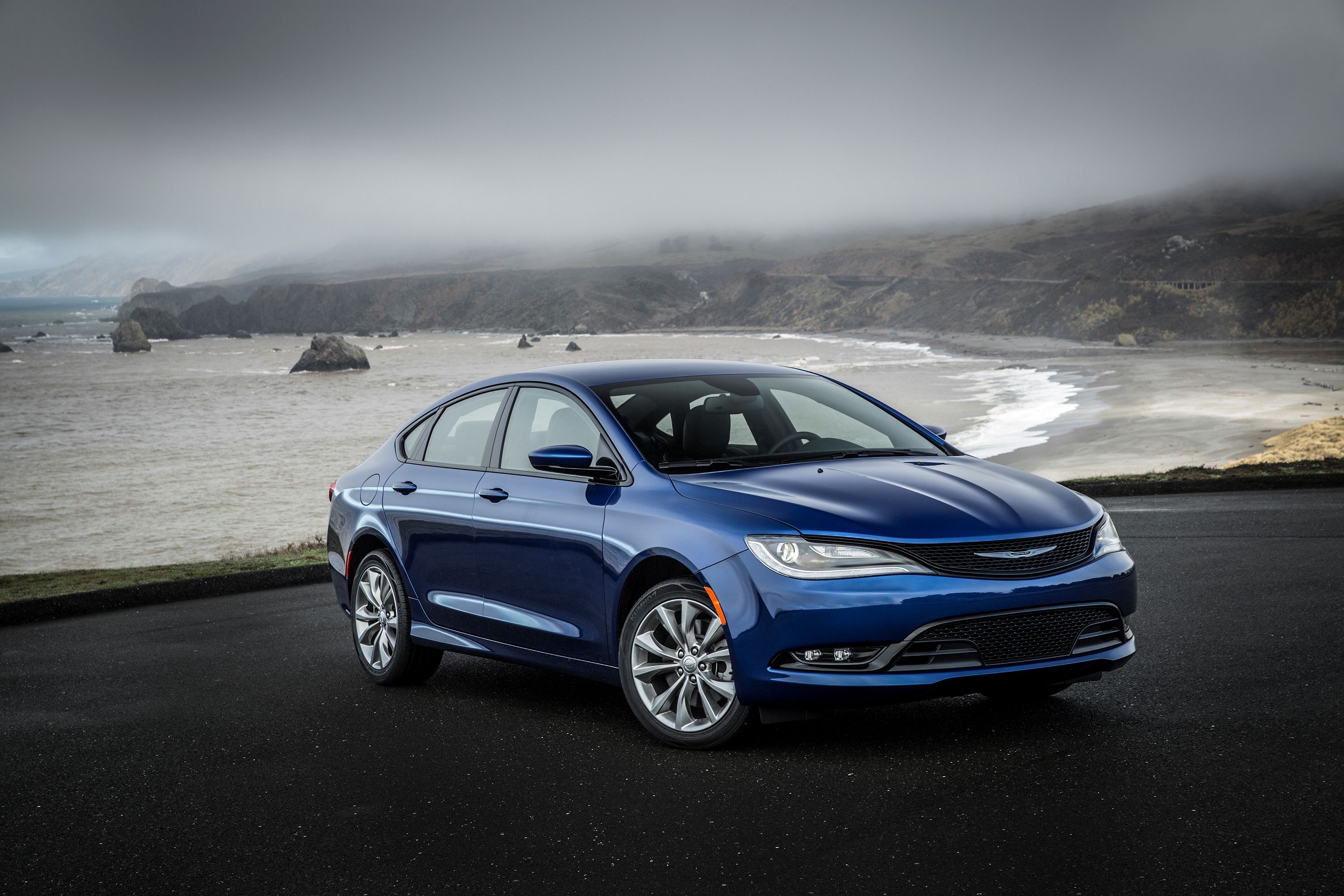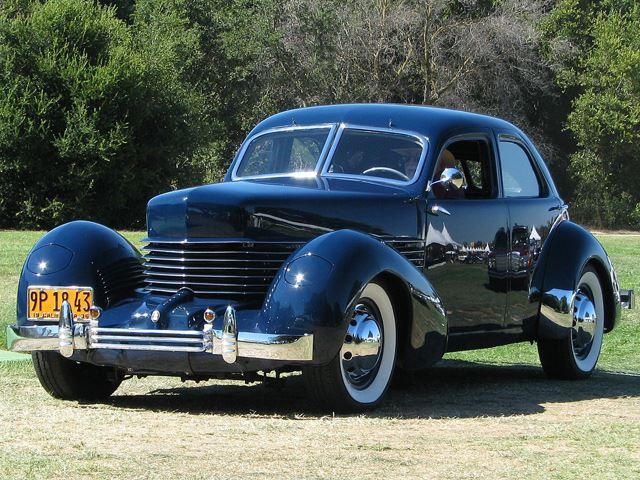Auburn was actually a collection of a few different brands of automobile, all of which were brought down by the Great Depression. The loss of Auburn, Cord and Duesenberg represented one of the biggest losses to the automotive world at the time, although they were hardly alone. Duesenberg, being worthy of it, will be getting its own article in this series, but here we will be concentrating on the Auburn and Cord brands of automobiles. The story of Auburn begins with the Eckhart Carriage Company, founded in 1875 in Auburn, Indiana.
Wanting to move with the times, the founder's sons took advantage of the Midwest being the sudden epicenter of the new automotive business and joined with two other local automotive companies to become Auburn Automotive in 1909. The First World War effectively closed the factory down temporarily, and when the brothers looked to reopen in 1919, the cost was more than they could afford on their own. So they got help from a group of investors from Chicago, who would then bring in E.L. Cord to run the company a few years later.
Cord was an interesting man, one who would later go on to own a whole transportation empire, serve as a Nevada state legislator, and grace the cover of Time Magazine. When he was brought in to run Auburn in 1925, he was 30 years old and had already worked as a mechanic, racing driver and car salesman. He had caught the attention of the Auburn investors while selling cars for the Moon car company. He had personally been responsible for some 60 percent of the company's sales, and there was no denying that the man knew cars. Rather than simply running Auburn, Cord would actually end up buying it out, as well as Duesenberg the following year.
Cord was able to return Auburn to profitability almost immediately, thus allowing him the opportunity to take a few more risks. The risks he would take would center around something he had seen in 1925. That year, at the Indy 500, he had seen a front-wheel-drive car take second place, beaten only because the Duesenberg which won was so much more powerful. Cord wanted all of this for his company, and he therefore acquired both Duesenberg and the engineer which had designed the front-wheel-drive car. Though rear-wheel drive was the norm at the time, it was still relatively primitive, and the mechanics of it were quite bulky.
Cord's idea was that FWD would allow the car's ride height to be lowered substantially, allowing for more freedom with the design and a less carriage-like appearance in general. So in 1929, the new Cord brand of automobiles brought out the L-29, the first American FWD production car. The car was indeed lower, but was actually relatively conventional compared to the daring art deco designs to come from the company a few years later. The years 1935 and 1936 saw Auburn and Cord bring out two of the most beautiful and unconventional cars ever made in America.
The first of these was the 1935 Auburn 851 "Boattail" Speedster, powered by a supercharged 4.5-liter inline-eight engine. Then there was the 1936 Cord 810 and the related 812 (the designation for supercharged models). The squared-off front end, with the wrap-around louvered grille was unique, and earned the car its nickname of "coffin nose". The car also featured hidden door hinges, rear suicide doors and the first example of hideaway headlights, located in the car's pontoon fenders. It was a car very much ahead of its time. Auburn would suffer from a couple of very serious problems shortly after this. The first of these were reliability issues, particularly in the Cord-branded vehicles.
Competing as it was with companies like Packard, famous for reliability, Auburn's problems became very apparent, and dealerships would start bailing. The other issue was the obvious problem that Auburn, Cord and Duesenberg were all building terribly expensive cars during the height of the Great Depression. There was still something of a market, sure, but the Depression had a way magnifying all other problems. In the end, the company would shut down production in 1937. A few years longer would probably have brought Auburn defense contracts and the chance to reinvent itself after WWII, but it was not to be, and three of the great American luxury marques were lost to history.


